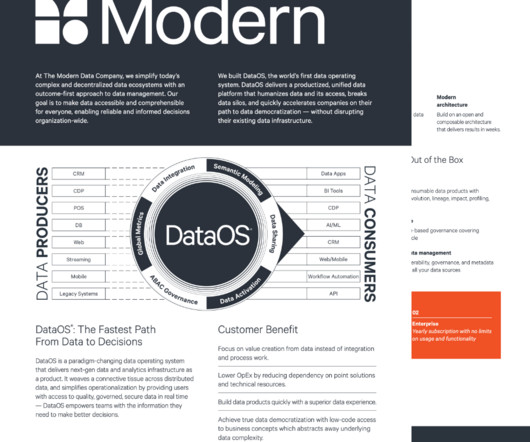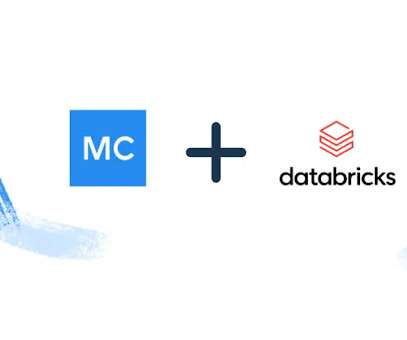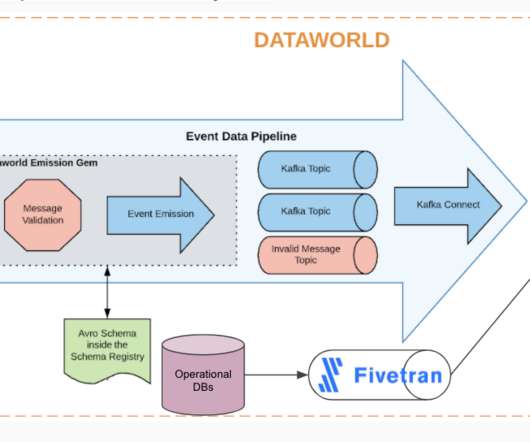What is ELT (Extract, Load, Transform)? A Beginner’s Guide [SQ]
Databand.ai
JULY 19, 2023
ELT offers a solution to this challenge by allowing companies to extract data from various sources, load it into a central location, and then transform it for analysis. The ELT process relies heavily on the power and scalability of modern data storage systems. The data is loaded as-is, without any transformation.



















Let's personalize your content